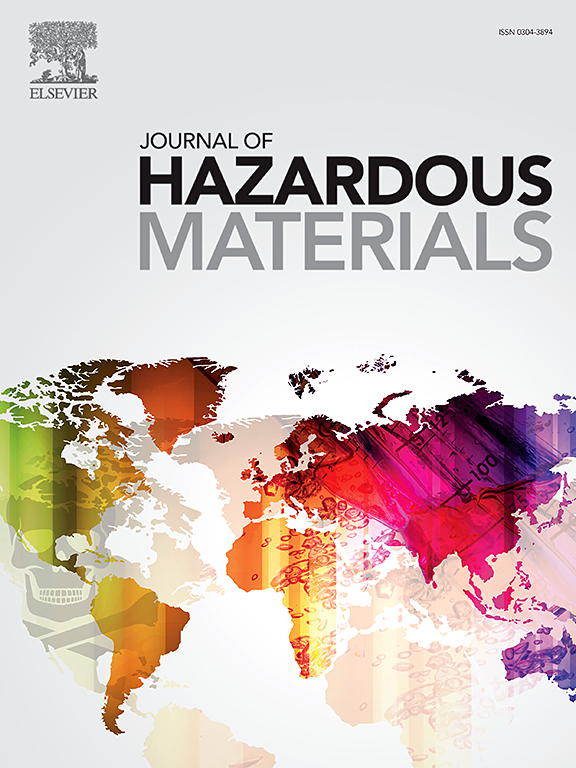Comparing the applicability of de facto population markers for spatiotemporal trend analysis in wastewater-based epidemiology
IF 11.3
1区 环境科学与生态学
Q1 ENGINEERING, ENVIRONMENTAL
引用次数: 0
Abstract
Wastewater-based epidemiology is an effective public health approach that enables early detection, monitoring, and assessment of community health trends by analysing human excretion products in wastewater. Here, accurate population normalization is essential to ensure correct exposure estimates. Prior work often assumes a fixed population size, which can lead to major over- or underestimation. To account for daily population fluctuations, dynamic population markers have been proposed including hydrochemical parameters, xenobiotics, biological markers, and mobile phone signalling records. This study compared the daily mass loads of 32 population markers with mobile phone derived population estimates in two Belgian cities. Weak to moderate Spearman correlations (IrsI ≤ 0.46) were found with the strongest correlation for MDMA (rs = -0.46), and the lowest for Pepper Mild Mottle Virus (rs = 0.03). A random forest regression model was applied to one city to evaluate the importance of these proxies. Model interpretability analysis indicated that certain psychoactive substances (MDMA, paraxanthine, hydroxybupropion) and the hydrochemical parameter chloride have potential as population markers. However, their applicability is influenced by sociodemographic factors and thus site-specific. Overall, their value lies in providing complementary information for multiparameter models rather than serving as a standalone population marker.

比较事实人口标记在废水流行病学时空趋势分析中的适用性
基于废水的流行病学是一种有效的公共卫生方法,可以通过分析废水中的人类排泄产物来早期发现、监测和评估社区卫生趋势。在这里,准确的人口归一化对于确保正确的暴露估计至关重要。先前的工作通常假设一个固定的人口规模,这可能导致严重的高估或低估。为了解释每日的种群波动,已经提出了动态种群标记,包括水化学参数、异种生物标记、生物标记和移动电话信号记录。这项研究比较了32个人口标记的每日质量负荷与两个比利时城市的移动电话得出的人口估计。弱至中度Spearman相关性(IrsI≤0.46)与MDMA相关性最强(rs = -0.46),与辣椒轻度斑驳病毒相关性最低(rs = 0.03)。采用随机森林回归模型对某城市进行评价。模型可解释性分析表明,某些精神活性物质(MDMA、副黄嘌呤、羟安非他酮)和水化学参数氯具有作为群体标记的潜力。然而,它们的适用性受到社会人口因素的影响,因此是特定地点的。总的来说,它们的价值在于为多参数模型提供补充信息,而不是作为一个独立的种群标记。
本文章由计算机程序翻译,如有差异,请以英文原文为准。
求助全文
约1分钟内获得全文
求助全文
来源期刊

Journal of Hazardous Materials
工程技术-工程:环境
CiteScore
25.40
自引率
5.90%
发文量
3059
审稿时长
58 days
期刊介绍:
The Journal of Hazardous Materials serves as a global platform for promoting cutting-edge research in the field of Environmental Science and Engineering. Our publication features a wide range of articles, including full-length research papers, review articles, and perspectives, with the aim of enhancing our understanding of the dangers and risks associated with various materials concerning public health and the environment. It is important to note that the term "environmental contaminants" refers specifically to substances that pose hazardous effects through contamination, while excluding those that do not have such impacts on the environment or human health. Moreover, we emphasize the distinction between wastes and hazardous materials in order to provide further clarity on the scope of the journal. We have a keen interest in exploring specific compounds and microbial agents that have adverse effects on the environment.
 求助内容:
求助内容: 应助结果提醒方式:
应助结果提醒方式:


